Signs Your Roof Has Sustained Wind Damage
As a Northern Virginia resident, it's important to be aware of the potential for wind damage to your roof. Strong winds can wreak havoc on your home, causing significant damage that may not always be immediately apparent. In this article, we will explore the signs that indicate your roof has sustained wind damage and discuss what steps you should take to address it. And whether you’re in the hills of Loudoun County or closer to the capital in Arlington, you know what kind of winds this region can kick up.
In this article, we’ll cover:
Understanding Wind Damage: An Overview
Before we delve into the signs of wind damage, let's first understand the impact of wind on roofs. When strong gusts of wind blow, they exert tremendous force on your roof, which can lead to various types of damage.
Wind damage can have a significant impact on the structural integrity of your roof. It is crucial to be aware of the potential consequences and take necessary precautions to protect your home.
One of the primary effects of wind on roofs is the lifting and tearing off of shingles. When wind gets beneath the shingles, it can cause them to lift or completely detach from the roof. This compromises the integrity of your roof and exposes it to further damage.
Furthermore, the force of the wind can cause the shingles to crack or break, leaving your roof vulnerable to leaks and water damage. These leaks can lead to costly repairs and even structural issues if left unaddressed. If you notice water stains on your ceiling or walls, it is a clear indication that your roof has been compromised. These leaks can cause extensive damage to your home's interior, including mold growth, rotting wood, and compromised insulation.
Another common type of wind damage is the displacement of roof tiles. Strong winds can dislodge tiles from their original position, leaving gaps and openings on your roof. These gaps can allow water to seep into your home, causing extensive water damage and potential mold growth. Missing or damaged shingles are one of the most apparent signs of wind damage. If you notice any shingles that are torn, cracked, or completely missing, it is crucial to address the issue promptly. Ignoring damaged shingles can lead to more significant problems down the line, such as leaks and further structural damage.
In addition to shingle damage and tile displacement, wind can also cause the accumulation of granules in gutters and downspouts. These granules are essential for protecting the shingles from the sun's harmful UV rays. When wind damage occurs, these granules can become dislodged and end up in your gutters, indicating potential roof damage.
It is important to note that wind damage is not always immediately visible. Sometimes, the effects may not be apparent until a significant storm or heavy rainfall occurs. Regular roof inspections by professionals can help identify any potential wind damage and prevent further issues. And of course, any good home inspector will visually assess your roof for damage as part of the pre-purchase inspection process.
The Role of Location: Wind Damage in Northern Virginia
Local Weather Patterns
Living in Northern Virginia means experiencing a range of weather conditions, including strong winds. Your roof needs to be resilient enough to withstand these weather patterns, but even the most robust roofs can sustain wind damage over time.
When it comes to weather patterns in Northern Virginia, it's important to understand the factors that contribute to strong winds. The region's proximity to the Appalachian Mountains and the Atlantic Ocean creates a unique climate that is prone to gusty winds. These winds can be particularly strong during certain seasons, such as the spring and fall, when weather systems collide and create turbulent conditions.
Additionally, the geography of Northern Virginia plays a role in wind patterns. The region is characterized by rolling hills and valleys, which can channel and amplify wind speeds. This topographical feature, known as the "wind tunnel effect," can result in higher wind velocities in certain areas.
How Local Construction Standards Affect Wind Resistance
Local construction standards play a crucial role in determining the wind resistance of your roof. Following these standards during the installation or repair of your roof can significantly reduce the likelihood of wind damage and ensure its durability. If you are purchasing a new construction home, be sure to inquire about what steps your builder has taken to ensure the resilience of your home’s roof.
In Northern Virginia, construction standards take into account the unique weather conditions and wind patterns of the region. These standards specify the minimum wind resistance requirements for roofs, including the type of roofing materials, the installation techniques, and the use of additional reinforcements such as hurricane straps or clips.
Immediate Steps to Take if You Suspect Wind Damage
Safety Precautions
Roof inspections after wind damage can be crucial for identifying potential issues, but ensuring your safety should always be the top priority. If you observe signs of significant damage, such as visible holes, missing shingles, or if your roof appears to be sagging, it's crucial to exercise caution. In such cases, it's strongly advised to refrain from attempting the inspection yourself and instead, seek the expertise of a roofing professional. They will have the knowledge, experience, and equipment necessary to conduct a thorough assessment and address any structural issues safely.
Ignoring safety protocols or attempting to inspect severe damage without professional assistance can pose serious risks to your well-being. By prioritizing safety and involving experts when needed, you can ensure that your roof is properly assessed and any necessary repairs are carried out in a secure and efficient manner.
Documenting the Damage
Documenting wind damage thoroughly is a critical step in the process of addressing roof issues. Before diving into repairs, take the time to capture detailed images or videos of the damage. This documentation serves several important purposes, primarily aiding in insurance claims and facilitating discussions with roofing professionals.
Clear photographs or videos provide visual evidence of the extent of the damage. Ensure that the images capture different angles and close-ups to showcase the specific areas affected. This documentation becomes invaluable when filing an insurance claim, as it helps substantiate the nature and severity of the damage. Insurance companies often require visual evidence to assess claims accurately, and well-documented images can streamline the claims process.
Moreover, these visuals are equally essential when engaging with roofing professionals. When seeking repair or replacement services, having a comprehensive set of images allows professionals to make a more accurate assessment remotely or during initial consultations. This, in turn, enables them to provide more precise estimates and recommendations for the necessary repairs.
In addition to visible damage, be vigilant in capturing any potential water leaks or other issues that may not be immediately apparent. These secondary problems, if left unaddressed, can exacerbate the overall damage to the roof structure. Documenting these issues upfront ensures that all aspects of the damage are considered in the repair or replacement process.
Contacting a Roofing Professional
When dealing with wind damage, it's best to consult a professional roofing contractor experienced in handling such repairs. They will assess the extent of the damage, provide an accurate estimate, and ensure that the necessary repairs are carried out safely and effectively.
Preventing Future Wind Damage to Your Roof
Regular Roof Maintenance and Inspection
Regular roof maintenance and inspections are key components of proactive care that can significantly reduce the risk of wind damage and extend the lifespan of your roof. Implementing a routine maintenance schedule involves several essential tasks.
Firstly, keeping gutters free of debris is crucial. Clogged gutters can lead to water accumulation, increasing the load on your roof and making it more susceptible to wind damage. Regularly cleaning gutters ensures proper drainage, preventing potential water-related issues and maintaining the structural integrity of your roof. Never cleaned your gutters before? Here’s a video walking you through the process:
Secondly, replacing damaged or missing shingles is paramount. Shingles act as a protective layer, and any compromised areas can expose your roof to wind-driven rain and other elements. Conduct periodic inspections to identify any shingles that may be cracked, broken, or missing. Prompt replacement of these damaged shingles reinforces the resilience of your roof, reducing the likelihood of wind-related vulnerabilities.
Additionally, addressing signs of wear and tear promptly is essential in maintaining a robust roof. Over time, exposure to weather conditions can cause materials to deteriorate. Regular inspections allow you to identify issues such as worn-out seals, damaged flashing, or weakened support structures. Timely repairs or replacements in response to these signs of wear can prevent small issues from escalating into more significant problems during severe weather events.
By incorporating these practices into your regular roof maintenance routine, you create a proactive defense against wind damage. A well-maintained roof is better equipped to withstand the forces of wind, storms, and adverse weather conditions. This not only enhances the durability of your roof but also reduces the likelihood of costly repairs or replacements in the future. Prioritizing regular maintenance is an investment in the long-term health and resilience of your roofing system.
Choosing Wind-Resistant Roofing Materials
If you reside in Northern Virginia, you know how windy it can get here - particularly in the winter. For this reason, it's particularly prudent to consider using wind-resistant roofing materials. These materials are specifically designed to withstand the unique challenges posed by high winds in the region, providing an added layer of protection for your home against the elements.
Opting for wind-resistant roofing materials is a strategic choice to enhance the durability and resilience of your home's roofing system. Several roofing materials are available that offer superior wind resistance. Some common options include:
Investing in wind-resistant roofing materials is a proactive measure to mitigate the potential impact of severe weather events specific to the region. By fortifying your roof with materials designed to handle the wind speeds typical in Northern Virginia, you contribute to the overall structural stability of your home.
Additionally, when considering roofing materials, it's advisable to consult with local roofing professionals familiar with the unique weather patterns of Northern Virginia. They can offer insights into the most suitable materials for the area and provide expert guidance on installation practices that further enhance wind resistance.
Securing Loose Objects Around Your Property
When faced with the prospect of high winds, your attention should extend beyond the roof itself to the items scattered around your property. Loose objects such as patio furniture, potted plants, and various outdoor decor can transform into airborne projectiles when confronted with strong gusts. These objects not only pose a direct threat to your roof but also to other structures and neighboring properties.
To mitigate this risk, it's essential to secure or relocate such items before the onset of high winds. Patio furniture, for example, should be firmly anchored or brought indoors during periods of anticipated wind. Lightweight items such as potted plants can be moved to more sheltered areas to prevent them from being tossed about by the wind.By familiarizing yourself with the signs of wind damage and taking proactive measures to address and prevent it, you can ensure the long-term health of your roof and the safety of your home. Remember, when in doubt, always consult a professional roofing contractor for an accurate assessment and professional advice.
Do you have questions about roof damage? Leave them in comments.
Want more content like this? Check out:



